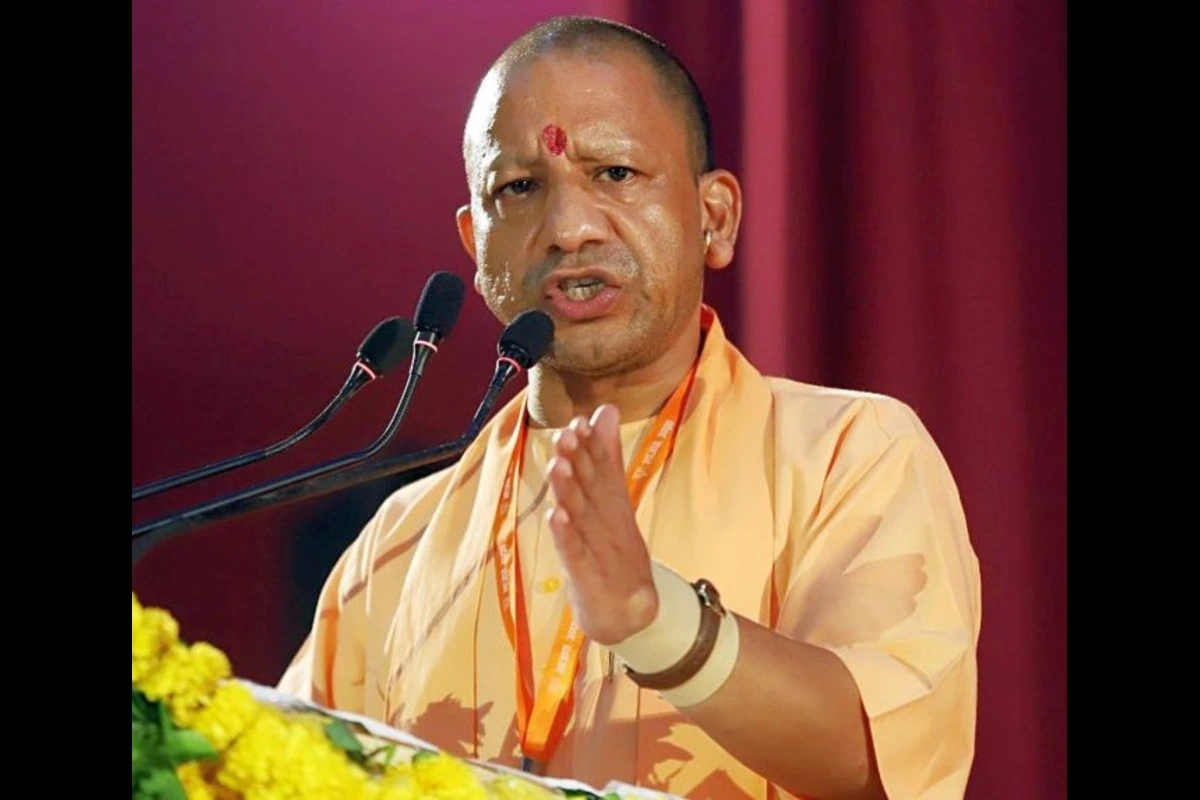
As soon as the Chief Minister of Uttar Pradesh, Yogi Adityanath, extended an invitation, officers sprang into action. Through a video conference, CM Yogi instructed officers across the state to prepare for upcoming festivals, with a particular focus on the month of Shravan. He highlighted the numerous events scheduled in Varanasi during this time and directed senior officers to implement stringent arrangements. Following CM Yogi’s directive, officials mobilized to make the necessary preparations for the month of Shravan. The Panchkosi Yatra, a significant event in Varanasi during Shravan, received special attention. The District Magistrate inspected the route and stops of the Yatra, assigning responsibilities to subordinates to ensure comprehensive arrangements.
Addressing Disorganization Along the Route
Varanasi District Magistrate S Rajalingam reprimanded officers after observing the poor condition of roads, debris, garbage, and waterlogging along the Panchkosi Yatra route. Upon reaching the Dharamshalas at Kandwa and Bhimchandi, he assessed the availability of drinking water, toilets, and cleanliness, directing officials to enhance these facilities. The District Magistrate instructed the DPRO to deploy additional cleaning staff in rural areas, while municipal officials were tasked with ensuring urban cleanliness along the Yatra route and stops. Immediate repairs to potholes and road damages were also ordered.
The Significance of Panchkosi Yatra in Shravan
The Panchkosi Yatra holds special significance during the month of Shravan. This pilgrimage begins with a resolution at Manikarnika Ghat, with thousands of devotees traveling to Assi Ghat via the city’s ghats and streets. From Assi Ghat, the group proceeds to the Kardameshwar Mahadev temple in Kandwa. The pilgrimage continues through five key stops on the Parikrama route: Kandwa, Bhimchandi, Rameshwar, Shivpur, and Kapildhara, before returning to Manikarnika to fulfill their vows.
Devotees gather at the ghat a day in advance to participate in the Panchkosi Yatra. According to tradition, the Yatra starts with drawing water from a pond and making a pledge at Mahasmasan. Pilgrims then take the water to the Gyanvapi well and seek permission from Baba Bholenath before commencing their journey. Besides Shravan, the Panchkosi Yatra is also undertaken on Shivratri and Adhimas, with its significance detailed in the Skanda Purana.
To read more such news, download Bharat Express news apps


















